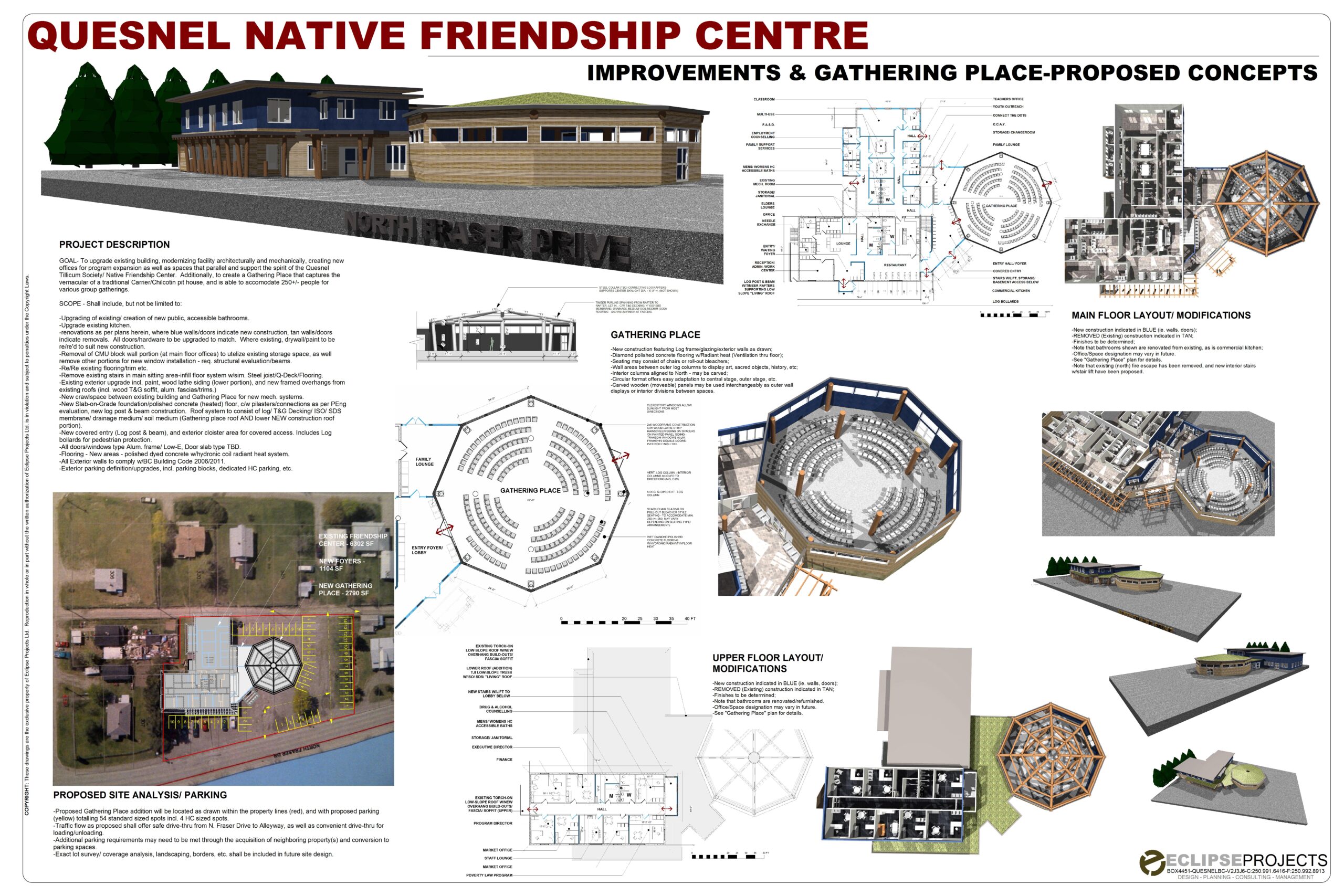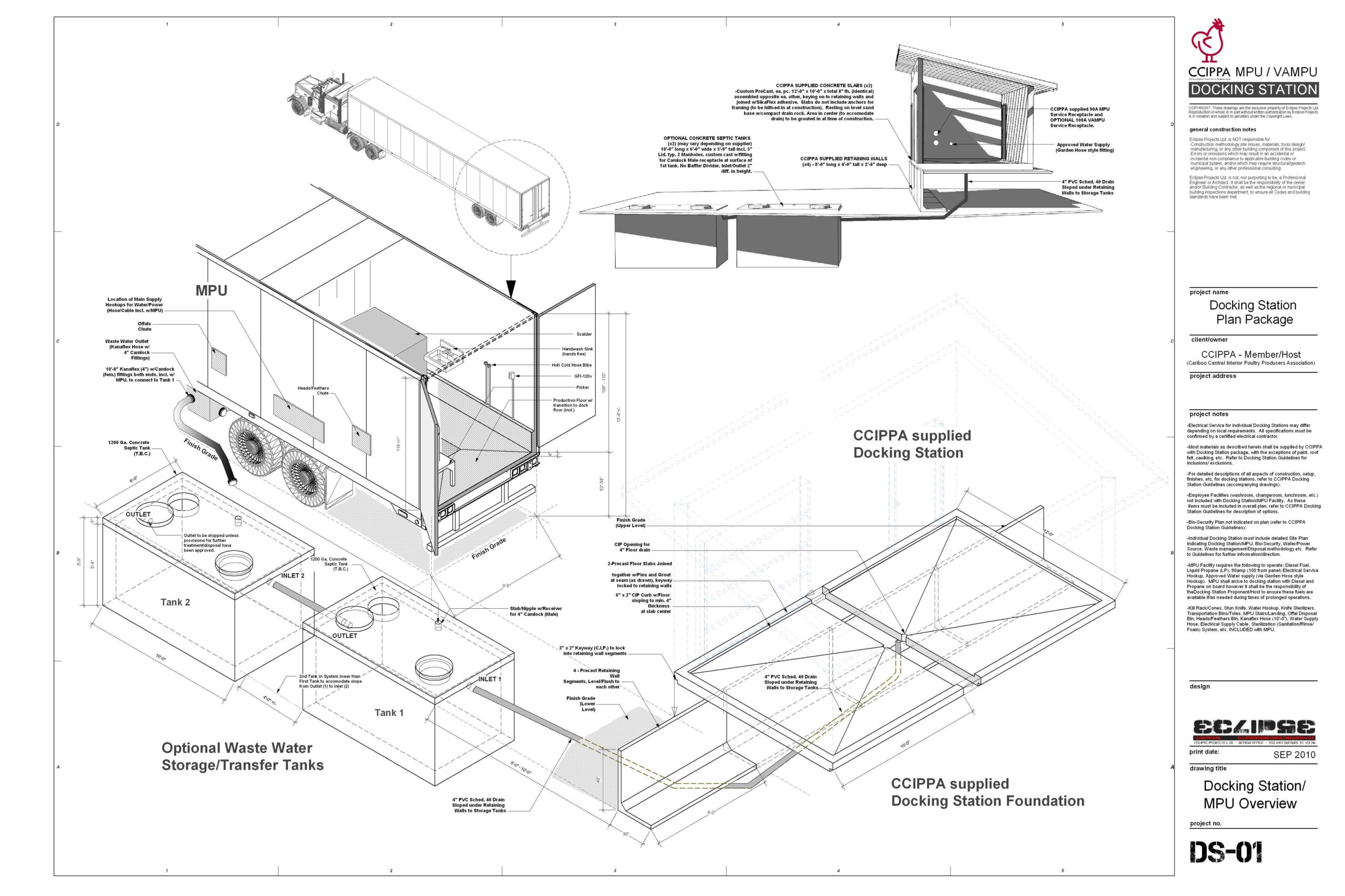
Industrial Design
Industrial design plays a crucial role in shaping the functionality and aesthetic of commercial spaces. For the Eclipse Project, which focuses on design and drafting, understanding the principles of industrial design can enhance the overall quality and appeal of commercial buildings.
Industrial design refers to the process of designing products and spaces that are both functional and visually appealing. It encompasses the creation of buildings, interiors, and public spaces that cater to the needs of businesses and their clients. Key elements include:
- Functionality: Ensuring the space meets the practical needs of its users.
- Aesthetics: Creating visually pleasing environments that align with the brand identity.
- Durability: Using materials and construction methods that withstand heavy use.
- Efficiency: Designing spaces that optimize energy use and operational flow.
Key Principles of Industrial Design in Commercial Spaces
- User-Centered Design: Prioritize the needs and experiences of the people who will use the space. This includes considering accessibility, comfort, and convenience.
- Simplicity and Clarity: Industrial design often embraces minimalism. Clear lines, open spaces, and uncluttered environments can enhance functionality and reduce distractions.
- Integration of Technology: Modern commercial spaces benefit from integrating advanced technologies. Smart systems for lighting, climate control, and security can improve efficiency and user experience.
- Sustainable Design: Focus on sustainability by using eco-friendly materials, reducing waste, and incorporating renewable energy sources. Green building practices not only benefit the environment but can also reduce operational costs.
- Flexibility: Commercial spaces should be adaptable to changing needs. Flexible design allows for easy reconfiguration of spaces to accommodate different uses and activities.
Practical Steps in Industrial Design
- Collaborate with Experts: Work closely with industrial designers to translate your vision into practical designs. Their expertise will ensure the structural and regulatory aspects are met.
- Focus on the Brand: Ensure that the design reflects the brand identity and values. The aesthetics and functionality should communicate the brand’s message and enhance its image.
- Prioritize the User Experience: Always consider the end-user’s perspective. Conduct surveys or focus groups to gather feedback on what features are most important to them.
- Stay Informed on Trends: Keep up with the latest trends in industrial and commercial design. Innovations in materials, technology, and design practices can offer new opportunities for enhancing your projects.
- Budget Wisely: Balance cost with quality. Invest in key areas that offer the most significant return on investment, such as energy-efficient systems or durable materials.
Industrial design is an essential component that can significantly impact the success of a commercial space. For the Eclipse Project, leveraging the principles of industrial design can lead to the creation of spaces that are not only functional and durable but also align with the brand’s identity and enhance the user experience.
Innovation Unleashed: Empowering Your Ideas to Eclipse Boundaries.










